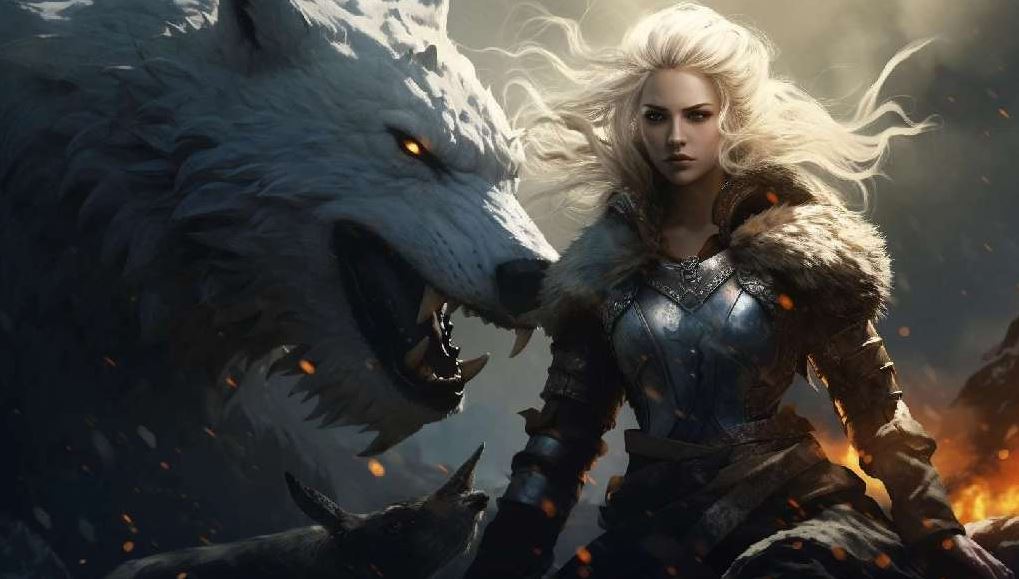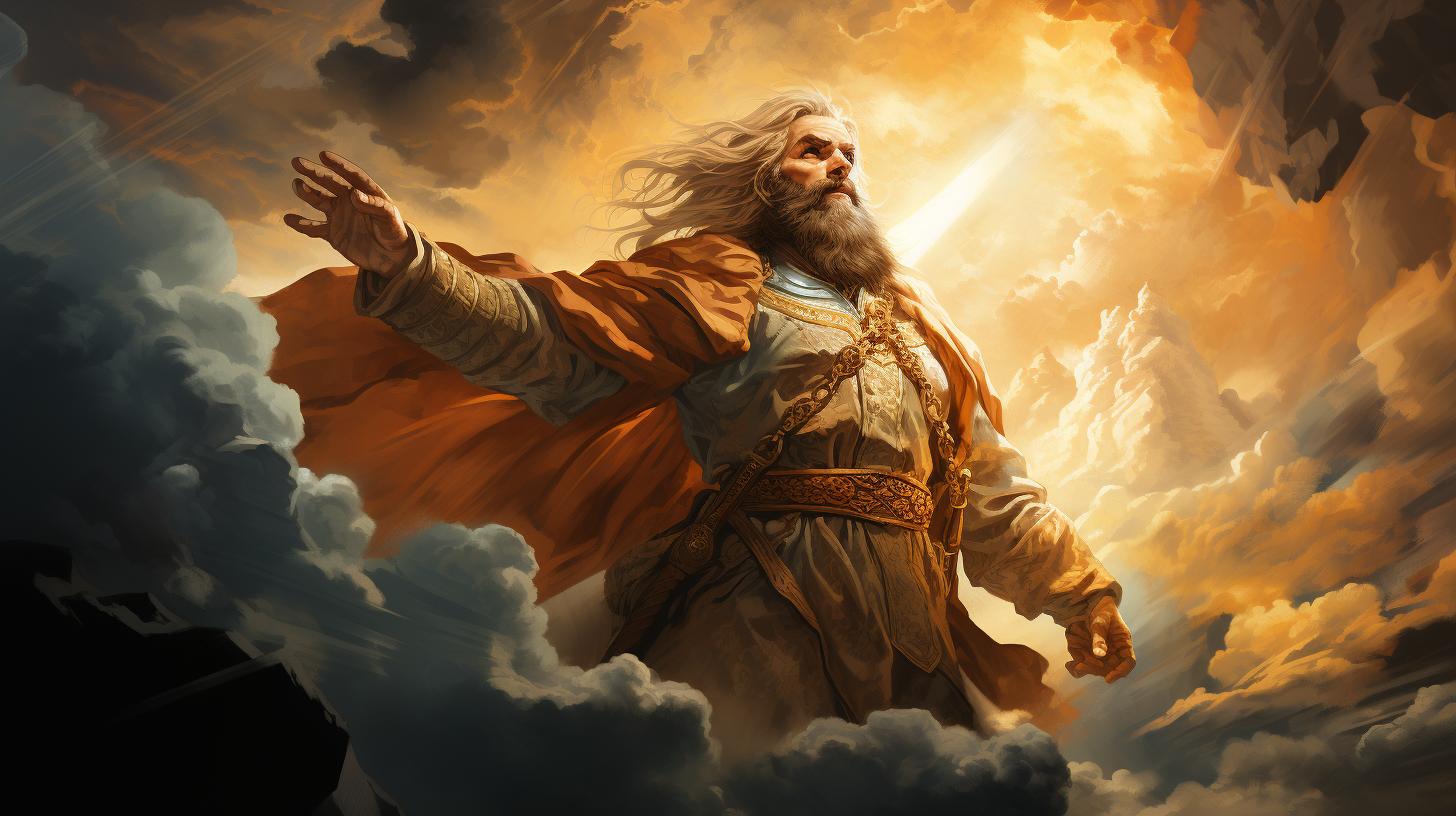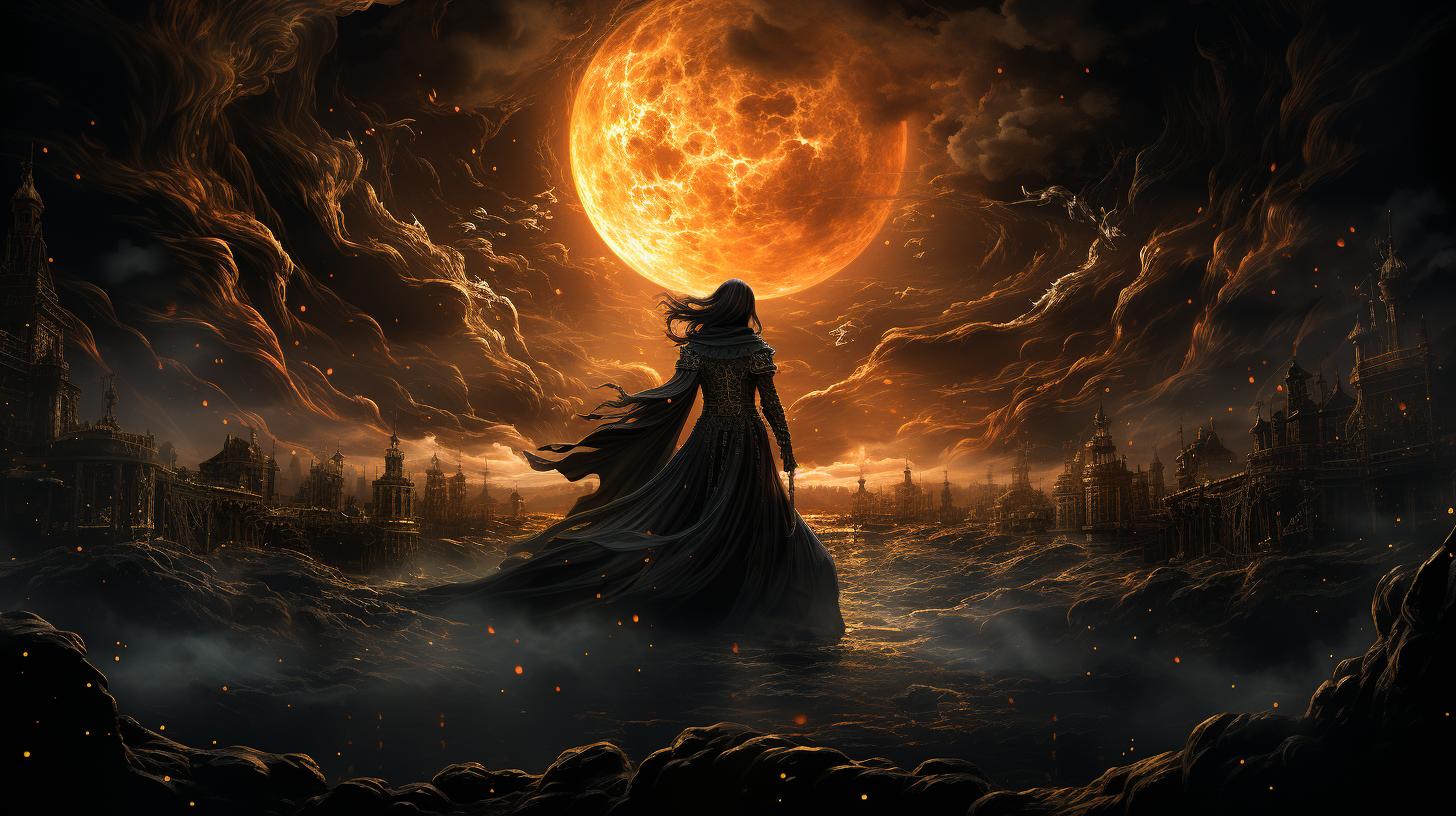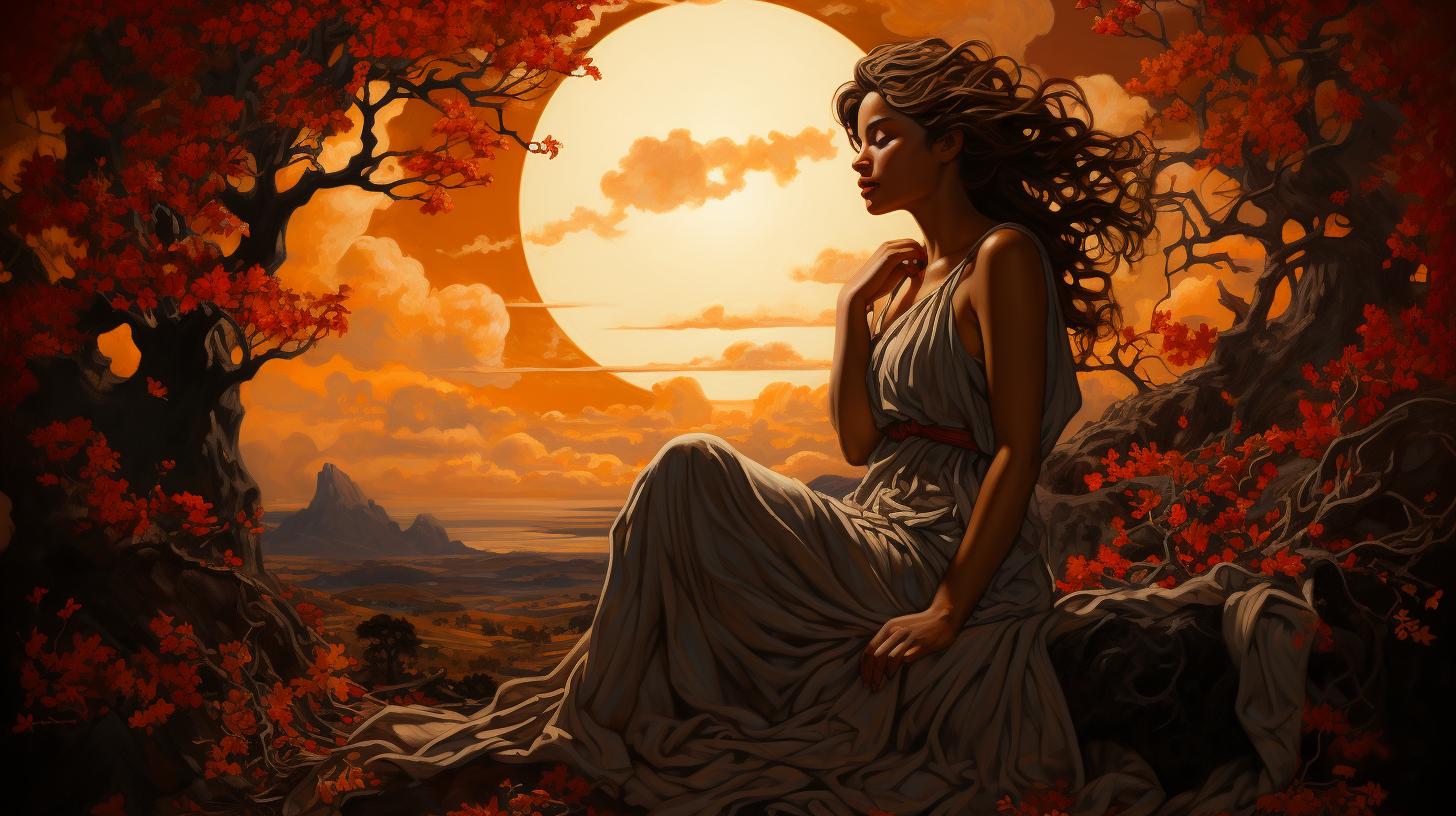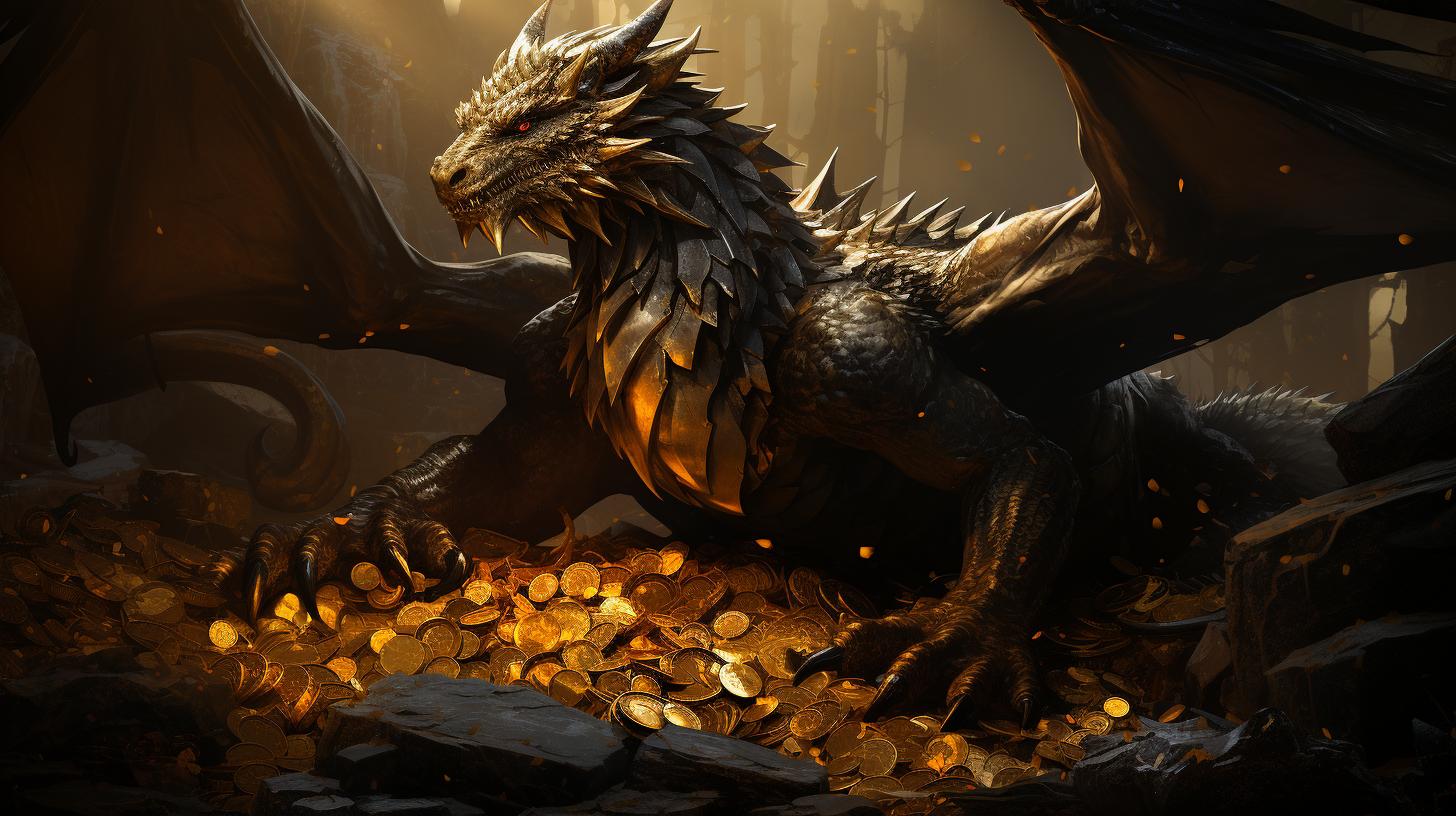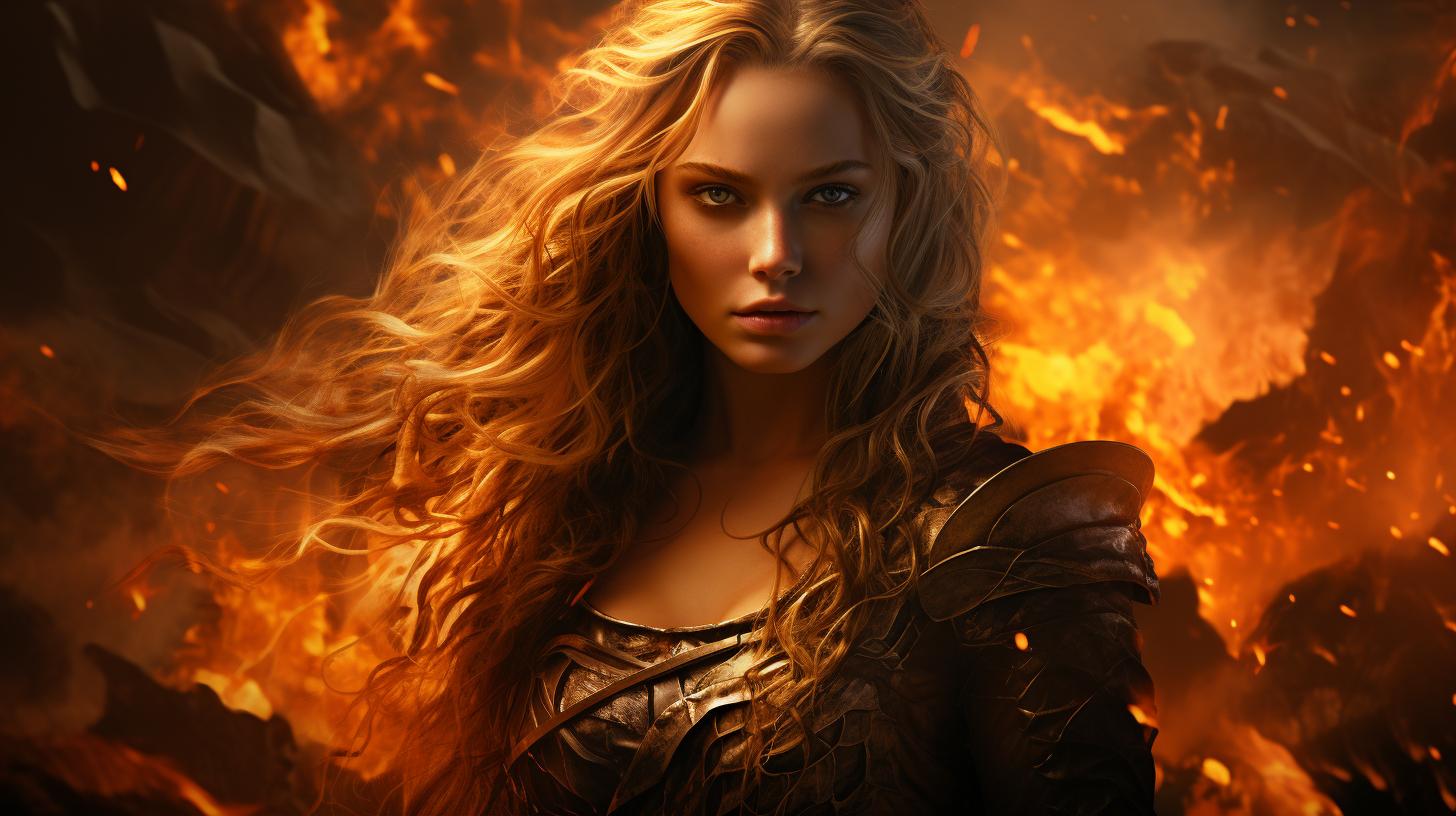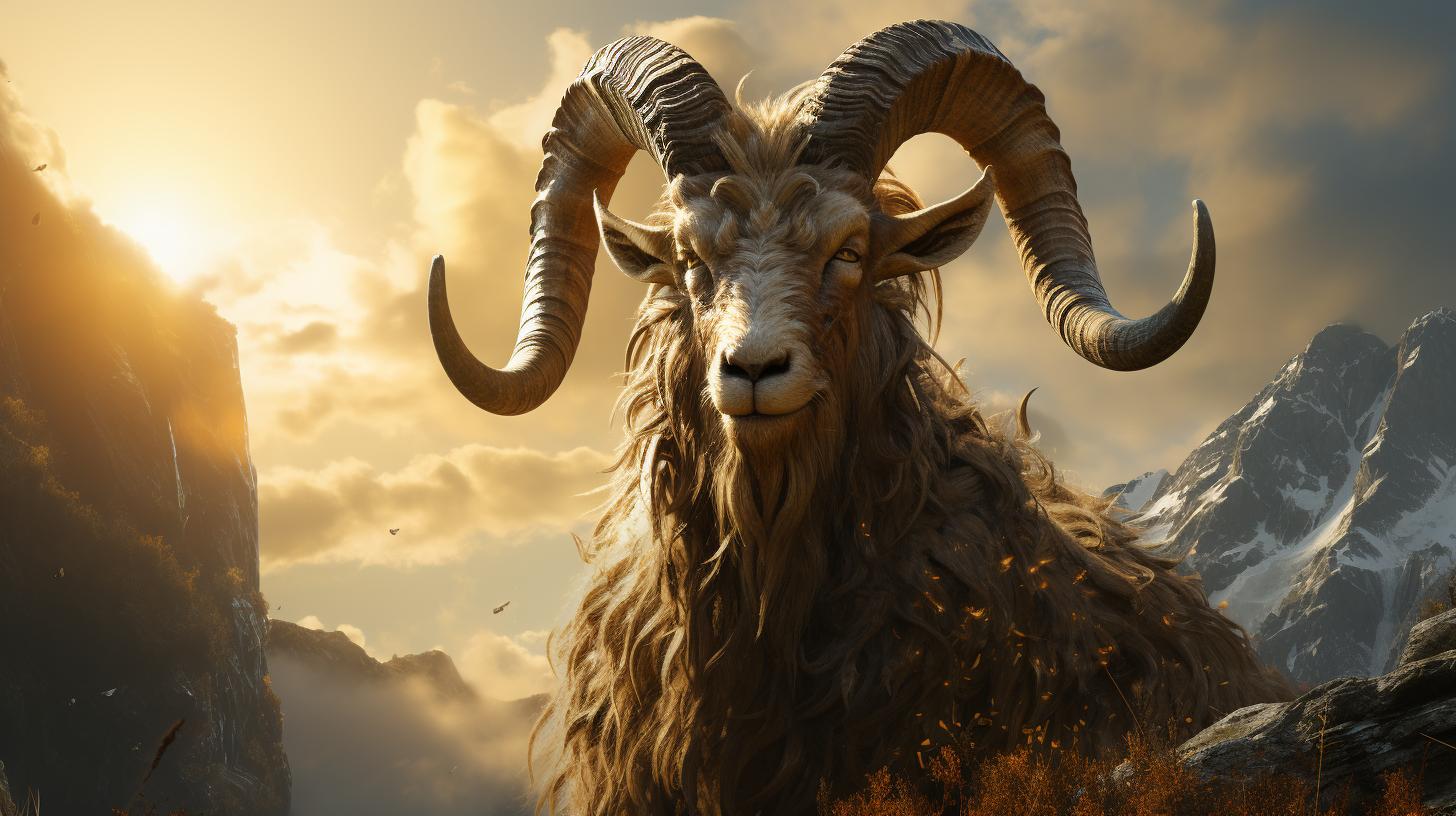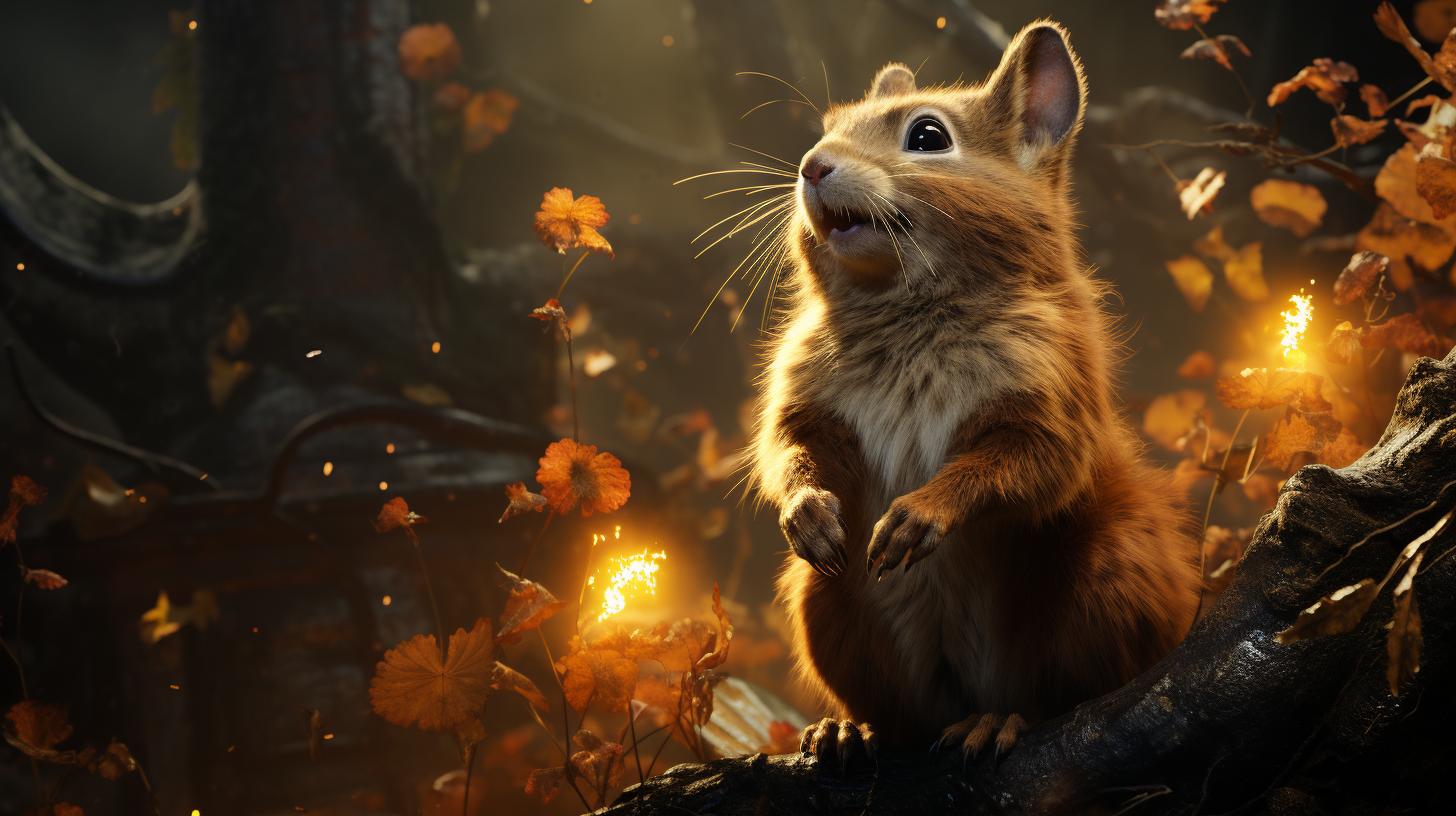Ullr Norse God: Exploring the Nordic Deity Associated with Skiing and Winter
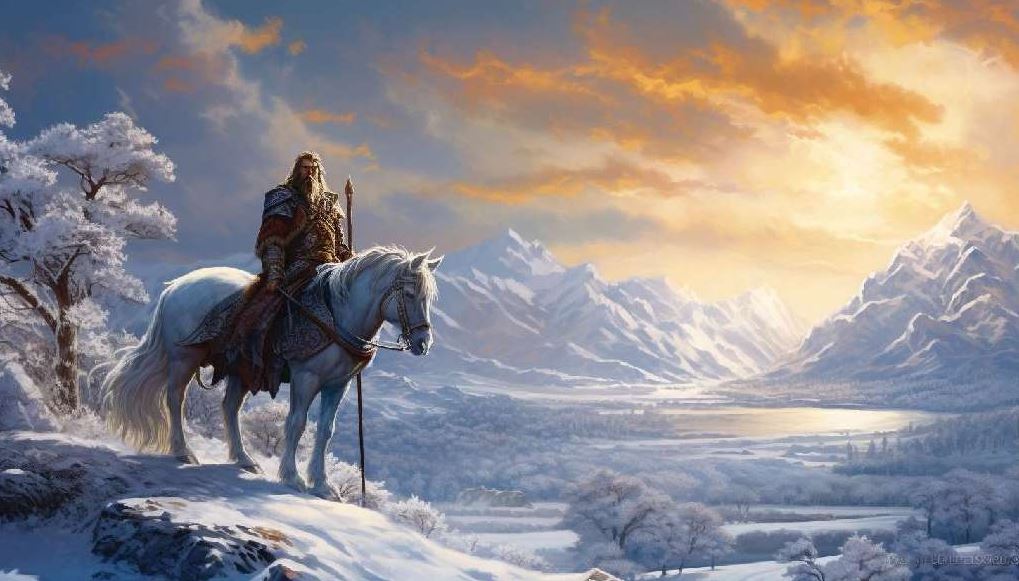
Ullr Norse God, a figure from Norse mythology, holds a significant association with skiing and winter. Known for his astuteness and magical means of transportation, Ullr ranks as the second most important deity during the winter months, only after Odin. With mentions in ancient texts like the Poetic Edda and the Prose Edda, Ullr’s role as a skilled skier and hunter stands out.
His symbolism extends to shields and the archery realm, as depicted in scaldic poetry. Today, Ullr’s influence is recognized in skiing cities across North America, where festivals and events celebrate his legacy, connecting ancient myth to contemporary culture.
Who Was Ullr?
Ullr, a prominent figure in Norse mythology, holds a unique place in the pantheon of gods. This section delves into the various aspects of Ullr’s identity, exploring his significance and associations within the Norse belief system.
From his presence in ancient texts to his connection with skiing and winter, Ullr’s influence resonates within both historical and modern contexts. Let’s delve deeper into the mystery of this enigmatic deity.
Ullr in Norse Mythology
In the rich tapestry of Norse myths, Ullr, often hailed as the skilled archer and renowned skier, possesses a distinct role. Though his mentions in literature are limited, the prevalence of place names dedicated to him suggests his importance in Germanic paganism.
The Gesta Danorum by Saxo Grammaticus portrays Ullr as a cunning magician, harnessing magical means of transportation.
Ullr’s Association with Skiing and Winter
The Poetic Edda, one of the primary sources for Norse mythology, accords Ullr the honor of being the second most significant deity during the winter months, second only to Odin himself.
It is during this chilly season that Ullr’s affinity for skiing and winter sports shines through. He becomes a patron of those who glide upon the snow-covered slopes, navigating with finesse and grace.
Ullr’s Role in the Norse Pantheon
His connection to hunting and his role as a receiver of oaths further solidify his importance and influence among the gods.
As we explore Ullr’s mythology and unravel his significance, it becomes clear that this Norse god’s reputation extends far beyond his association with skiing alone. His multifaceted persona reveals a complex deity deserving of recognition among the pantheon of Norse gods.
Ullr in Ancient Texts
Ullr, the Norse god associated with skiing and winter, has left his mark in ancient texts that provide insights into his significance and role in Nordic mythology. These texts, such as the Poetic Edda and the Prose Edda, offer glimpses into Ullr’s presence in the pantheon and his connections with other gods and goddesses.
Mention of Ullr in the Poetic Edda
The Poetic Edda, composed in the 13th century, includes references to Ullr that shed light on his abilities and attributes. The poems describe him as a formidable deity, skilled in the art of skiing and revered for his hunting prowess.
Ullr’s name often surfaces in poetic verses, emphasizing his role as a prominent figure in Norse mythology.
Ullr’s Descriptions in the Prose Edda
The Prose Edda, written by the Icelandic scholar Snorri Sturluson in the 13th century, provides more detailed descriptions of Ullr. It portrays him as a cunning magician who possesses magical means of transportation.
Ullr’s shrewdness and mastery of sorcery add depth to his character, making him a captivating deity in Norse tales and legends.
Ullr’s Connections with Other Gods and Goddesses
Within the mythology, Ullr is not an isolated deity but intertwines with other gods and goddesses. One notable connection is his affiliation with Sif, the goddess of fertility and wife of Thor. In some accounts, Ullr is mentioned as Sif‘s son, further solidifying his presence within the familial structure of the pantheon.
These divine relationships illustrate the intricate web of Norse mythology and the role Ullr played within it.
The ancient texts provide a deeper understanding of Ullr’s importance in Norse mythology, painting a vivid picture of this enigmatic god. His mention in the Poetic Edda and his descriptions in the Prose Edda highlight his prowess as a skier, his magical abilities, and his connections with other gods and goddesses of the pantheon.
Ullr’s Symbolism and Significance
Welcome to the exploration of Ullr’s symbolism and significance in Norse mythology. This section delves into various aspects of Ullr’s character, including his attributes, magical abilities, connection to hunting and oaths, and depictions in art and literature.
Ullr’s Attributes and Magical Abilities
Ullr is characterized by several notable attributes and magical abilities. He is known for his exceptional skills as a skier, exemplifying grace and dexterity on the slopes. Additionally, Ullr is often associated with archery, demonstrating precision and accuracy with his bow and arrow.
Furthermore, Ullr possesses magical transportation methods that allow him to swiftly traverse great distances. Whether it be a mythical sled or enchanted skis, these means of transportation highlight his mystical prowess and enable him to navigate through the wintry realms with ease.
Ullr’s Connection to Hunting and Oaths
Besides his association with skiing and winter, Ullr is deeply connected to hunting in Norse mythology. He is revered as a skilled hunter, showcasing his proficiency in tracking and capturing prey.
Moreover, Ullr is closely intertwined with oaths and pledges. He is considered a guardian of oaths, ensuring their sanctity and punishing those who break them. Ullr’s involvement signifies the seriousness and binding nature of oaths in ancient Norse society.
Ullr’s Depictions in Art and Literature
Throughout Norse art and literature, Ullr is portrayed as a prominent figure, often depicted in regal attire and symbolic poses. His representations frequently highlight his connection to skiing, hunting, and protection.
Furthermore, Ullr finds mention in various poetic works and epics, where his exploits and virtues are celebrated. Skaldic poetry, in particular, employs kenning – poetic metaphors – to reference Ullr, such as the “navío of Ullr,” which metaphorically alludes to the shields of warriors.
These depictions and literary references underscore Ullr’s importance in Norse culture and his enduring legacy as a deity associated with winter, skiing, hunting, and the preservation of oaths.
Ullr’s Modern Influence
Ullr, the Norse god associated with skiing and winter, continues to leave a lasting impact on contemporary culture, particularly in the skiing cities of North America. His recognition in these locales is a testament to his enduring legacy and the reverence with which he is still regarded today.
Ullr’s Recognition in Skiing Cities of North America
In skiing cities across North America, Ullr is celebrated and embraced as a symbol of the winter sports culture. His name resonates among skiing enthusiasts who acknowledge his prowess as an expert skier and hunter, leading to his association with the snow-covered slopes that attract countless visitors each year.
Throughout North America, ski resorts, towns, and organizations proudly pay homage to Ullr. There are various events, activities, and competitions held in his honor, further solidifying his place in the skiing community.
From Breckenridge, Colorado, to Whistler, Canada, Ullr’s presence can be felt and celebrated through these vibrant gatherings.
Festivals and Events Celebrating Ullr
Festivals dedicated to Ullr have become iconic traditions in skiing cities. These celebrations are marked by vibrant parades, lively music, and a multitude of winter-themed activities. They bring together locals and visitors alike, creating a sense of community and camaraderie centered around the shared appreciation for Ullr and the winter season.
One well-known event is the annual Ullr Fest in Breckenridge, Colorado, which dates back to the 1960s. This lively festival includes activities such as the popular Ullr Parade, snow sculpting competitions, ski races, and even the symbolic burning of old skis as a sacrifice to Ullr.
Other skiing cities have embraced similar festivals, each with their unique twists and traditions.
Ullr’s Influence on Contemporary Art and Culture
Ullr’s legacy extends beyond the realms of mythology and winter sports, making its way into contemporary art and culture. Artists in skiing cities capture his essence through various mediums, from paintings and sculptures to modern installations.
These works of art not only celebrate the god of skiing but also illustrate the deep connection between nature, mythology, and human creativity.
Additionally, Ullr’s influence can be seen in popular culture, with references to the god appearing in literature, music, and even film. His mythical prowess as an expert skier and visionary magician continues to inspire and captivate contemporary audiences, adding a touch of ancient mysticism to modern storytelling.
In conclusion, Ullr’s modern influence reaches beyond his depiction in ancient texts and mythology. Through festivals, events, and his relevance in skiing cities across North America, Ullr remains a prominent figure celebrated for his association with skiing, winter, and the enduring spirit of adventure.
…











